The Presidency of John Adams
John Adams faced many difficulties during his presidency, including a vice president from an opposing party trying to undermine his administration and rising tensions with France.
Tom Hand, creator and publisher of Americana Corner, explores the presidency of John Adams, and why it still matters today.
Images courtesy of National Portrait Gallery - Smithsonian Institution, Harvard Art Museums, Library of Congress, The Metropolitan Museum of Art, National Park Service, The Gilder Lehrman Institute of American History, National Gallery of Art, William & Mary Law Library, Wikipedia.
Thomas Jefferson’s revolutionary journey began in the 1760s and culminated in his masterfully written Declaration of Independence in 1776. But in between these events, Jefferson crafted one of the most impactful statements ever for American independence. Entitled A Summary View of the Rights of British America, it was perhaps the most logical assessment of the true relationship between Great Britain and her American colonies. The concepts Jefferson laid out had been refined and brought into focus following several dustups with Lord Dunmore, the new Royal Governor.
In 1765, Parliament passed the Stamp Act, the first internal tax on the American colonies, and thus began a decade of missteps by the British. Their miscalculations would take their country and their colonists on a direct path to Lexington Green and Concord Bridge on April 19, 1775. During this same year, Thomas Jefferson was concluding his time studying law under George Wythe and began to turn his eye towards the world at large and, more specifically, politics in the Colony of Virginia.
Thomas Jefferson is one of America’s most iconic Founding Fathers. Best known for his inspirational words in the Declaration of Independence, Jefferson was a brilliant man with diverse interests who spent the bulk of his life in service to his country and his later years in retirement at his beloved mountain home of Monticello, near Charlottesville, Virginia.
The presidential election of 1800 ended in a tie, as the two Democratic-Republican candidates, Thomas Jefferson and Aaron Burr, each received 73 electoral votes under the original guidelines of the Constitution.
The Presidential election of 1800 was one of the most controversial and consequential in the history of the United States. It represented a true changing of the guard as the Federalist party of Washington, Hamilton, and Adams gave way to the Democratic-Republican ideals of Jefferson and Madison and took the United States in a different direction for a generation to come.
John Adams’s loss to Thomas Jefferson in the presidential election of 1800 was a great disappointment for Adams as he felt he deserved another term based on his accomplishments during his four years as President. But Adams accepted the verdict of the Electoral College and looked forward to the next phase of his life.
The only fighting in the Quasi-War occurred at sea, and mostly in the Caribbean. But with war at a fever pitch and French interests so close by in Louisiana, there was a very real concern in Congress about a possible French invasion of the United States from the west.
Between 1798 and 1800, the United States fought an undeclared war with France called the Quasi-War, or Half War, because it was not formally recognized by Congress. It was largely a naval conflict fought in the Caribbean and southern coast of America and developed because of a series of related events that soured the formerly strong relationship between the two nations.
America’s first armed conflict with a foreign nation following the American Revolution was not the War of 1812, but rather a mostly forgotten fight called the Quasi-War. Although little known today, in its time it made a significant impact on the course of American history, affecting trade, the creation of the United States Navy, and a presidential election.
The disrespect shown to the United States by France in the XYZ Affair in the spring of 1798 pushed the Federalists who controlled Congress to pass the Alien and Sedition Acts, a series of four laws, which President John Adams reluctantly signed into law in July. Posterity has viewed these measures harshly, but it is important to view them from the lens of 1798 and not modern times. At the time of their enactment, although many had reservations, the rationale behind them was not entirely groundless.
On March 4, 1797, John Adams was sworn in as the second president of the United States and began a four-year stretch that would be dominated by a deteriorating relationship with France. Adams would also see a decrease in support from his own Federalist Party as the supremely conscientious Adams pursued policies that he deemed best for the country, but not necessarily best for the party or his popularity.
John Adams was one of America’s greatest patriots from the Founding generation. From gaining unanimous agreement from state delegations to the Declaration of Independence to obtaining favorable terms in the Treaty of Paris, Adams may have contributed more to America gaining her independence than anyone other than George Washington.
After serving two terms as President, George Washington decided to not seek a third and instead retire from public life. His decision led to the country’s first contested presidential election in the fall of 1796, pitting Thomas Jefferson against Vice President John Adams. Arguably, no presidential election in the history of the United States has ever featured a choice between two such American titans.
The federal Constitution, the new law of the land, took effect on March 4, 1789, and had several notable differences with the Articles of Confederation. One of the most significant changes was the creation of a strong executive or President. However, the powerful executive reminded skeptics of the authority held by King George, and they worried the United States could eventually drift towards despotism. Virtually everyone knew that the only man strong enough to lead the nation and conscientious enough to be entrusted with so much power was George Washington.
After Lord Charles Cornwallis surrendered to General George Washington in Yorktown on October 19, 1781, English officials reached the painful conclusion that the war was simply too costly to continue. Not only was the war in North America expensive to prosecute, but it was also a distraction from England’s defense of their more lucrative possessions elsewhere in the world, such as the sugar islands in the Caribbean and trading posts in India.
The only fighting in the Quasi-War occurred at sea, and mostly in the Caribbean. But with war at a fever pitch and French interests so close by in Louisiana, there was a very real concern in Congress about a possible French invasion of the United States from the west.
The Quasi-War was an undeclared war between France and the United States, largely fought at sea in the Caribbean and along the southern coast of America, between 1798 and 1800. It developed because of a series of related events that soured the formerly strong relationship between the two nations.
America’s first armed conflict with a foreign nation following our Revolution was not the War of 1812, but rather a mostly forgotten fight called the Quasi-War. Although little known today, in its time it made a significant impact on the course of American history, affecting trade, the creation of our Navy, and a presidential election.
John Adams lost the Presidential election of 1800 to Thomas Jefferson after a bitter fight. Adams was terribly disappointed as felt he deserved another term, but he accepted the verdict of the Electoral College.
To avoid a war with France, in 1797, President John Adams sent a diplomatic delegation to Paris to calm rising tensions. When our team arrived in France in October 1797, they were approached by three French officials whose code-names were X, Y, and Z. These Frenchmen demanded large bribes from the Americans for themselves and other French officials before negotiations could start.
After eight years as Vice President under George Washington, John Adams hoped to succeed the Father of our Country as President of the United States. His successful election in 1796 gave him his chance.
John Adams was our nation’s first Vice President and helped shape the responsibilities of the office. Moreover, as the tie-breaking vote in the Senate, Vice President Adams was instrumental in passing several key pieces of legislation and establishing important precedents.
John Adams was solely responsible for opening a strong relationship with the Netherlands between 1780-1782. Within days of completing his work in Amsterdam, Adams received a summons from John Jay, another American diplomat in Paris, to immediately return to the French capital. Peace talks with the English were heating up and Jay wanted Adams’ assistance.
John Adams retired from the Second Continental Congress in early November 1777 and returned home to Braintree. He hoped to revive his law practice and enjoy some quiet time with Abigail and the rest of the family. However, his stay was short-lived as America had another task in mind for this tireless patriot, this time as an ambassador in Europe.
John Adams dominated the Second Continental Congress like no other man and was tireless in his efforts to move the assembly towards independence. He sat on ninety committees and chaired twenty-five of them. No other delegate matched his workload.
The Second Continental Congress convened in the Pennsylvania State House in Philadelphia on May 10, 1775, soon after “the shot heard round the world” was fired at the battles of Lexington and Concord. None of the delegates knew it at the time, but John Adams was to dominate the proceedings for much of the next two years.
After the tragedy of the Boston Massacre on March 5, 1770, British troops were removed from the city of Boston and tempers cooled a bit in Massachusetts. However, Parliament soon got things heated up again when it passed the Tea Act in the spring of 1773.
When the French and Indian War ended in 1763, John Adams was single, living on a small farm in Braintree, Massachusetts, and enjoying a flourishing law practice just up the road in Boston. The next year his marital status changed, most would say improved, when he married Abigail Smith. A profitable business and a quiet family life seemed to be in his future, but that soon changed.
John Adams was one of America’s greatest Patriots. Besides George Washington, Adams may have contributed more to get America its independence from England than anyone else. However, this Founding Father is not nearly as revered or well-known as the other “Big Six” of the Founding Fathers.


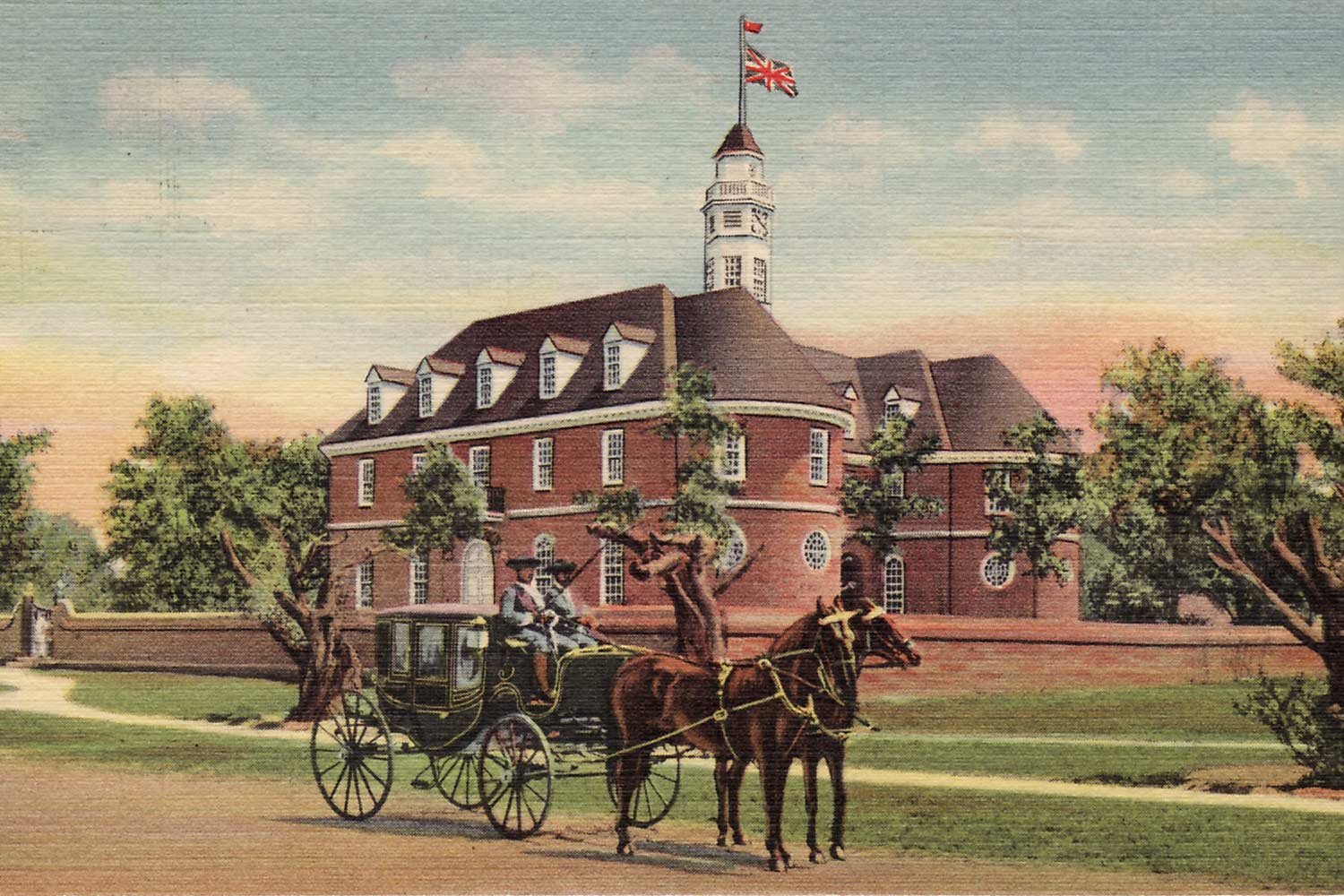
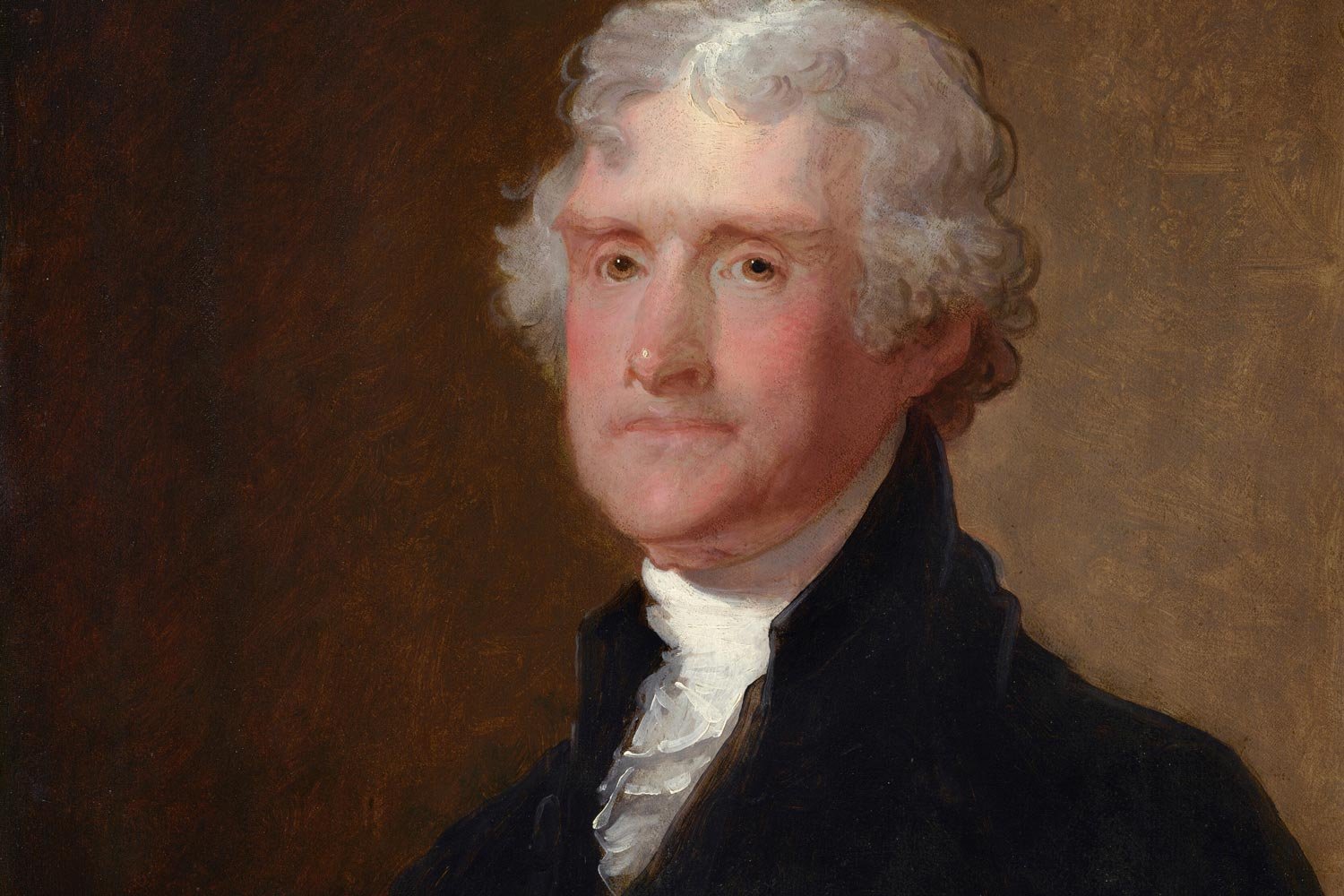
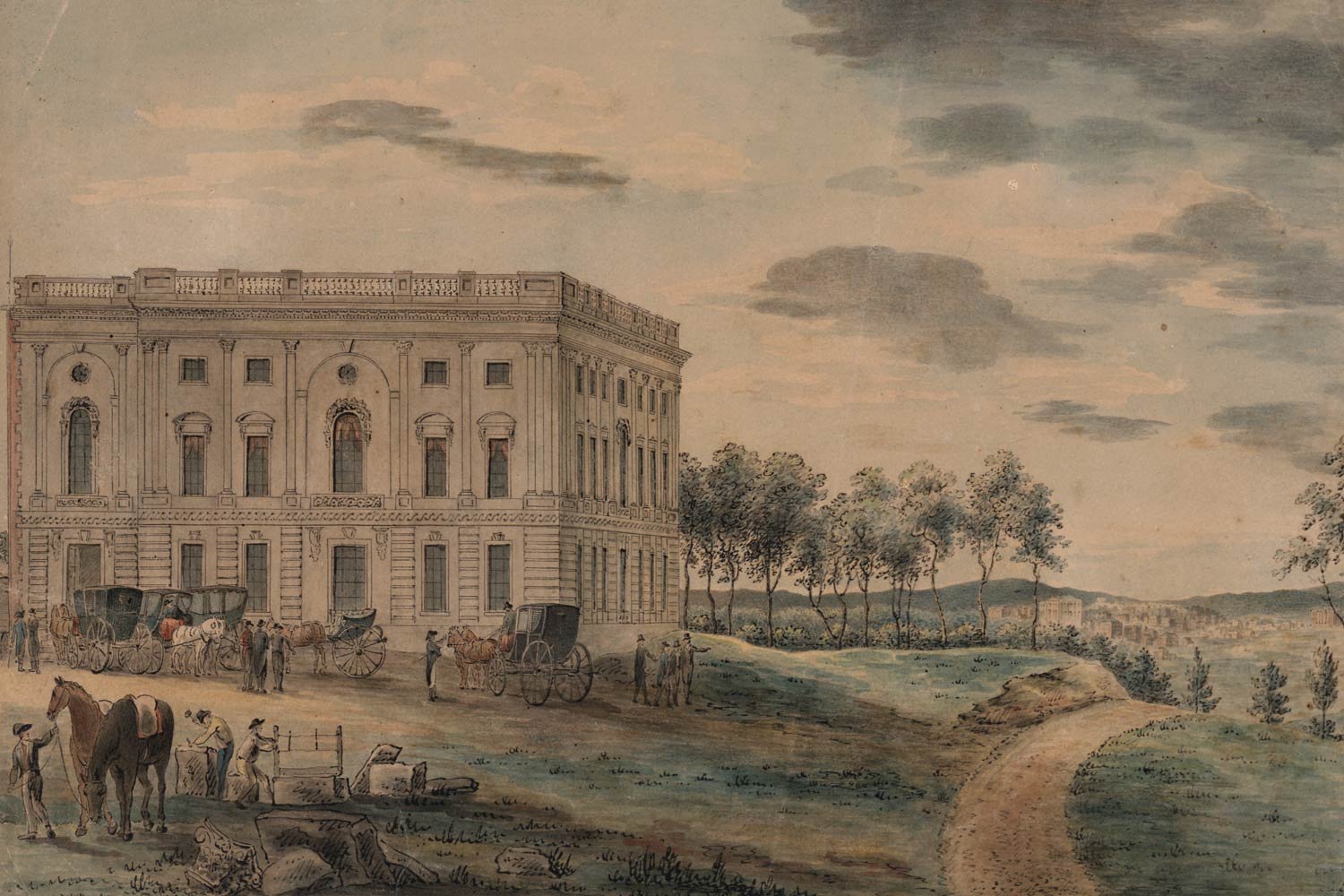
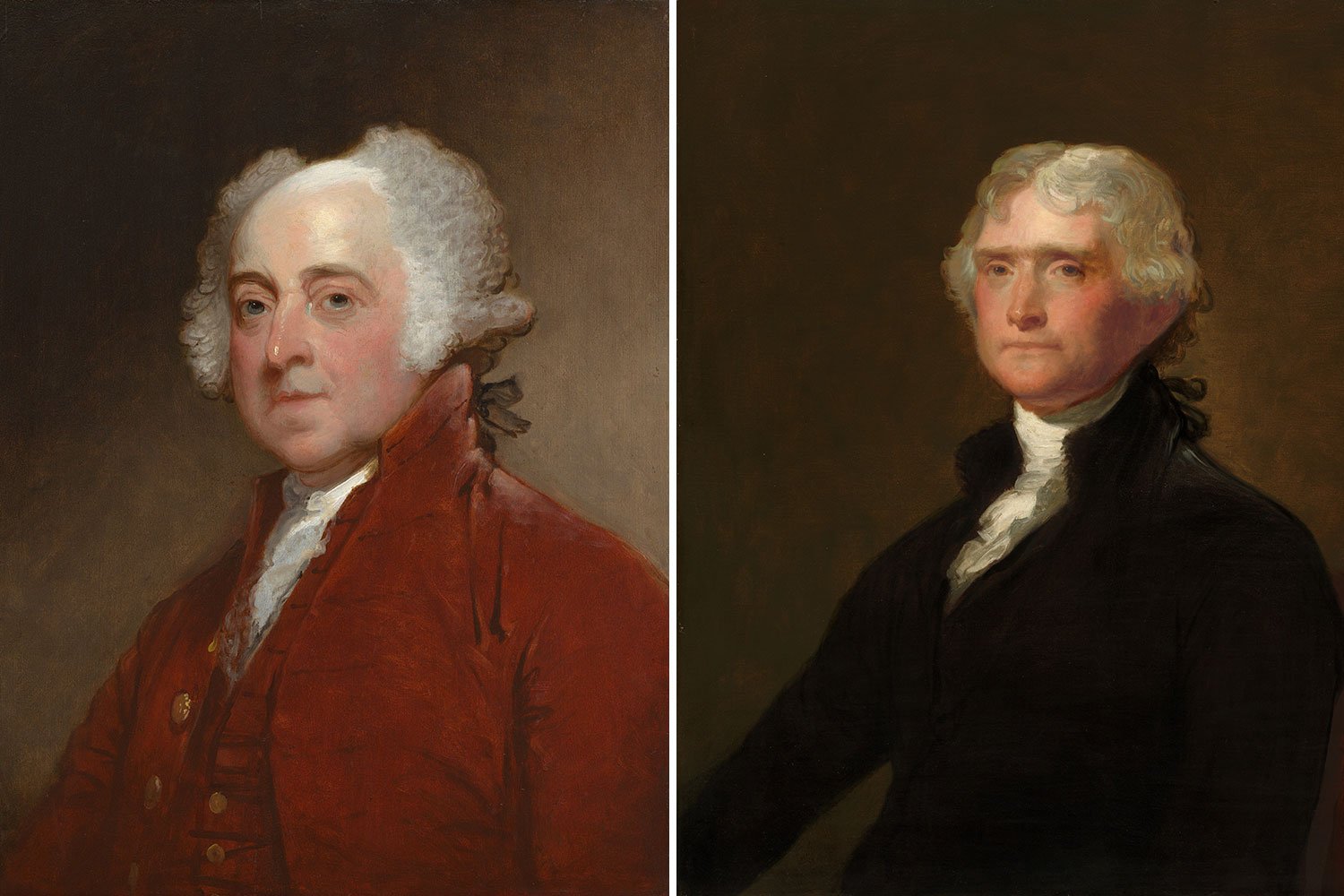
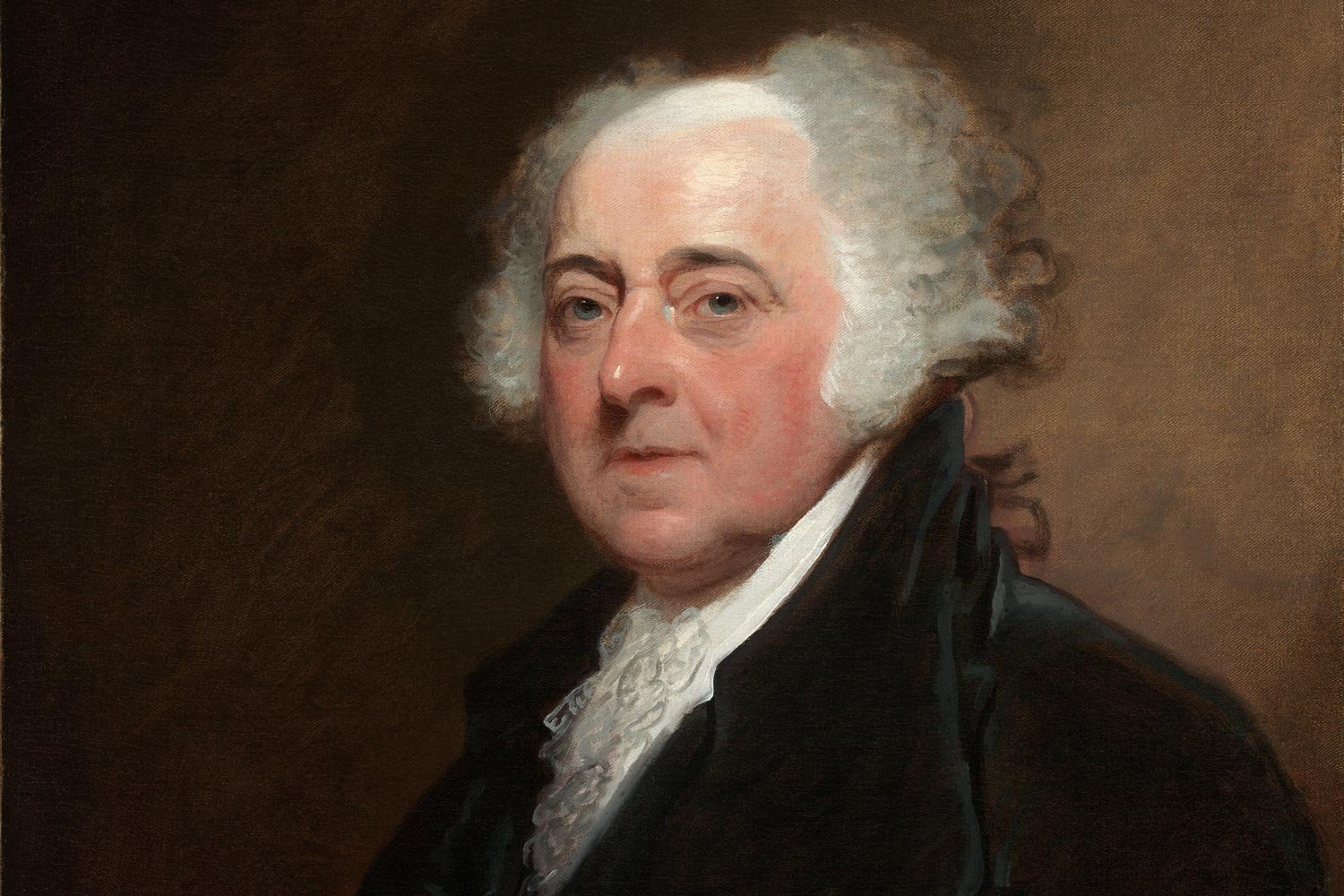
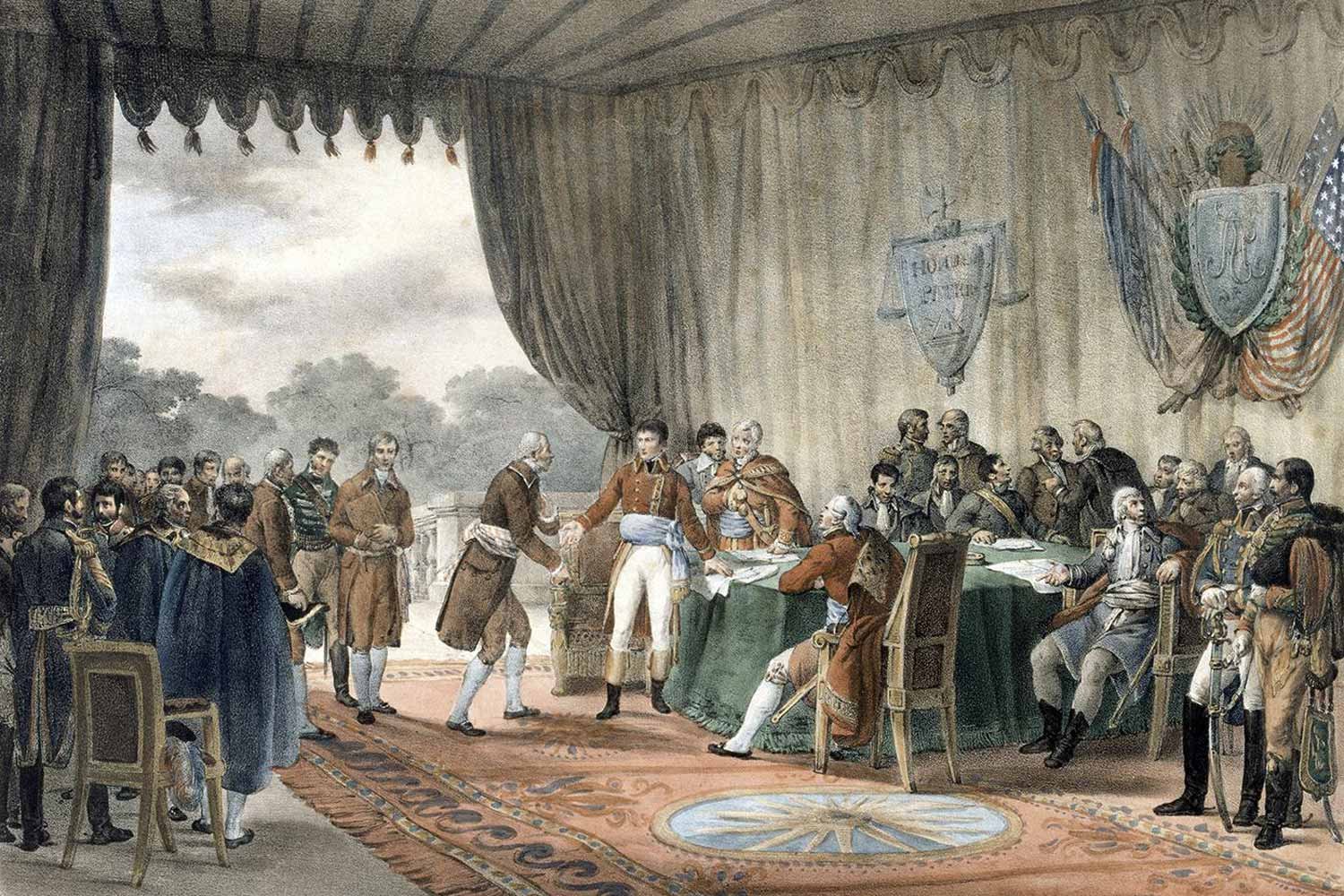

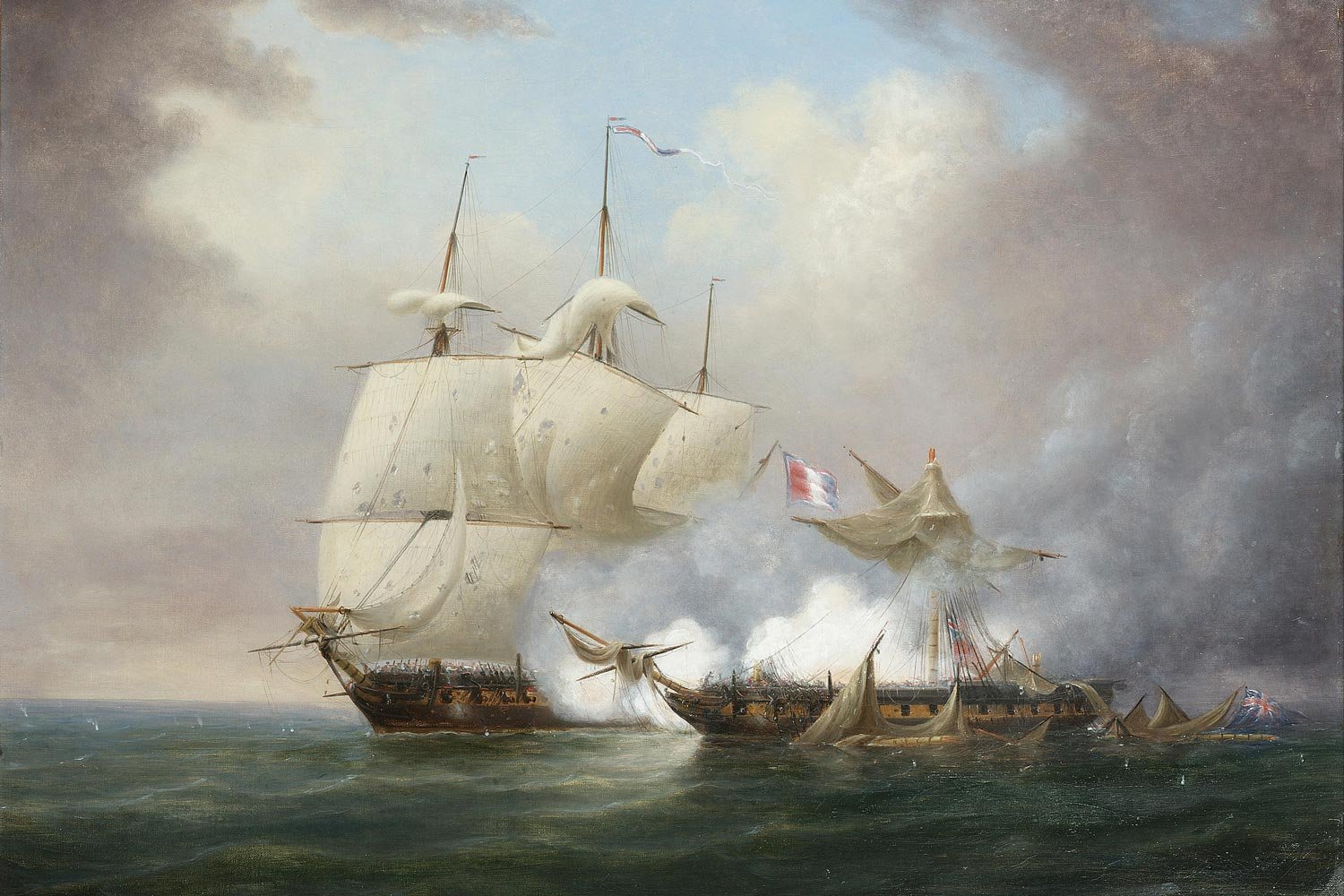
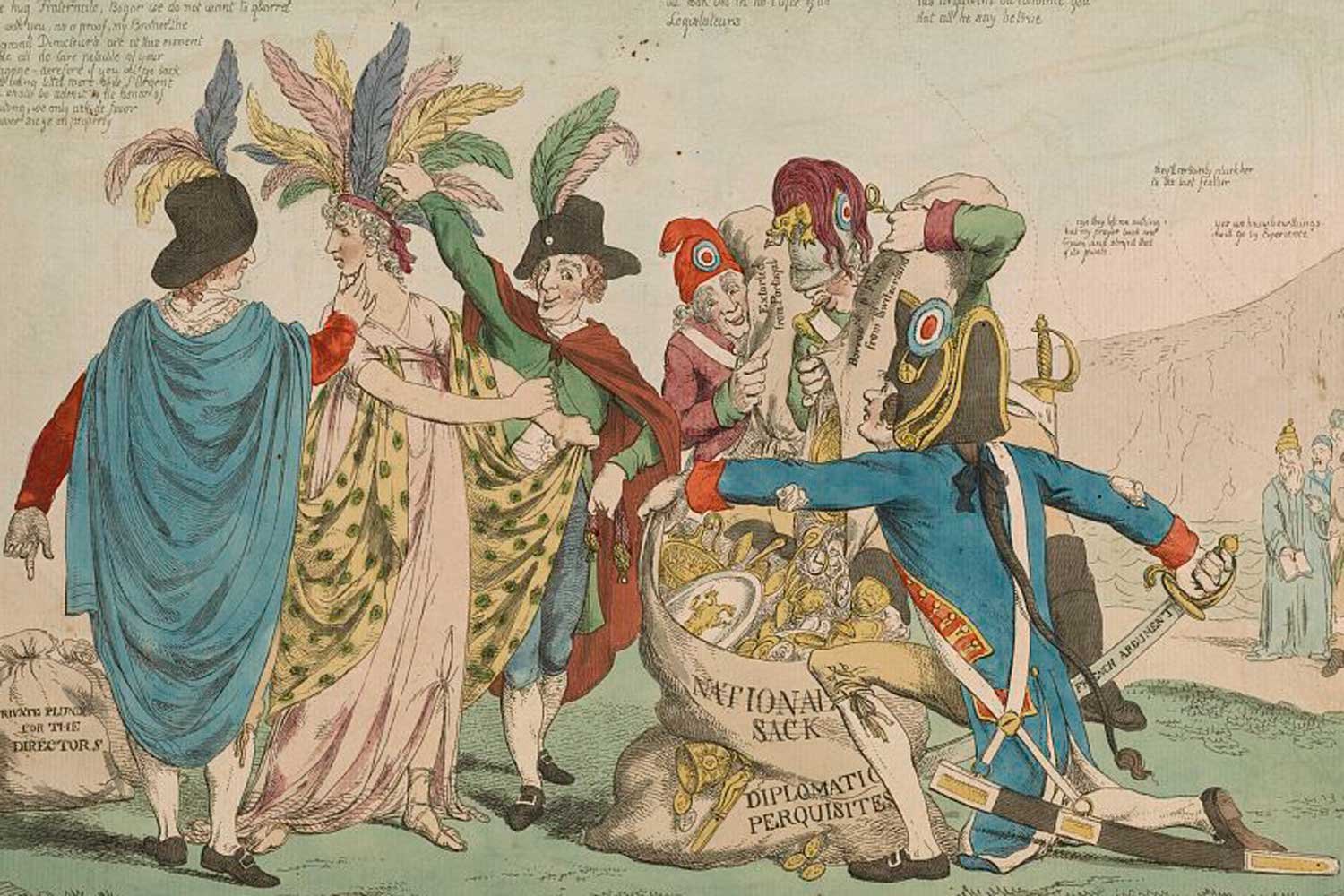



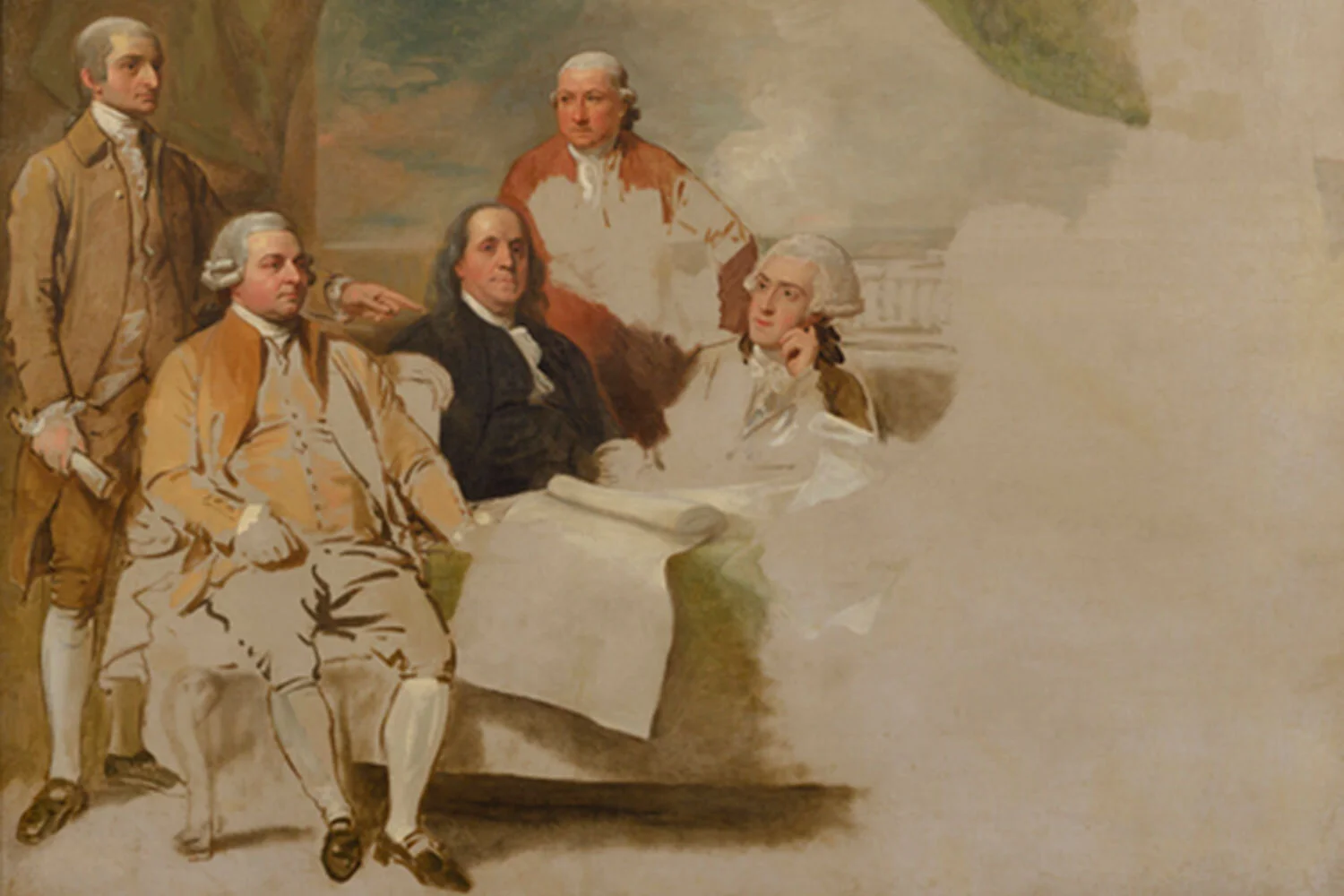


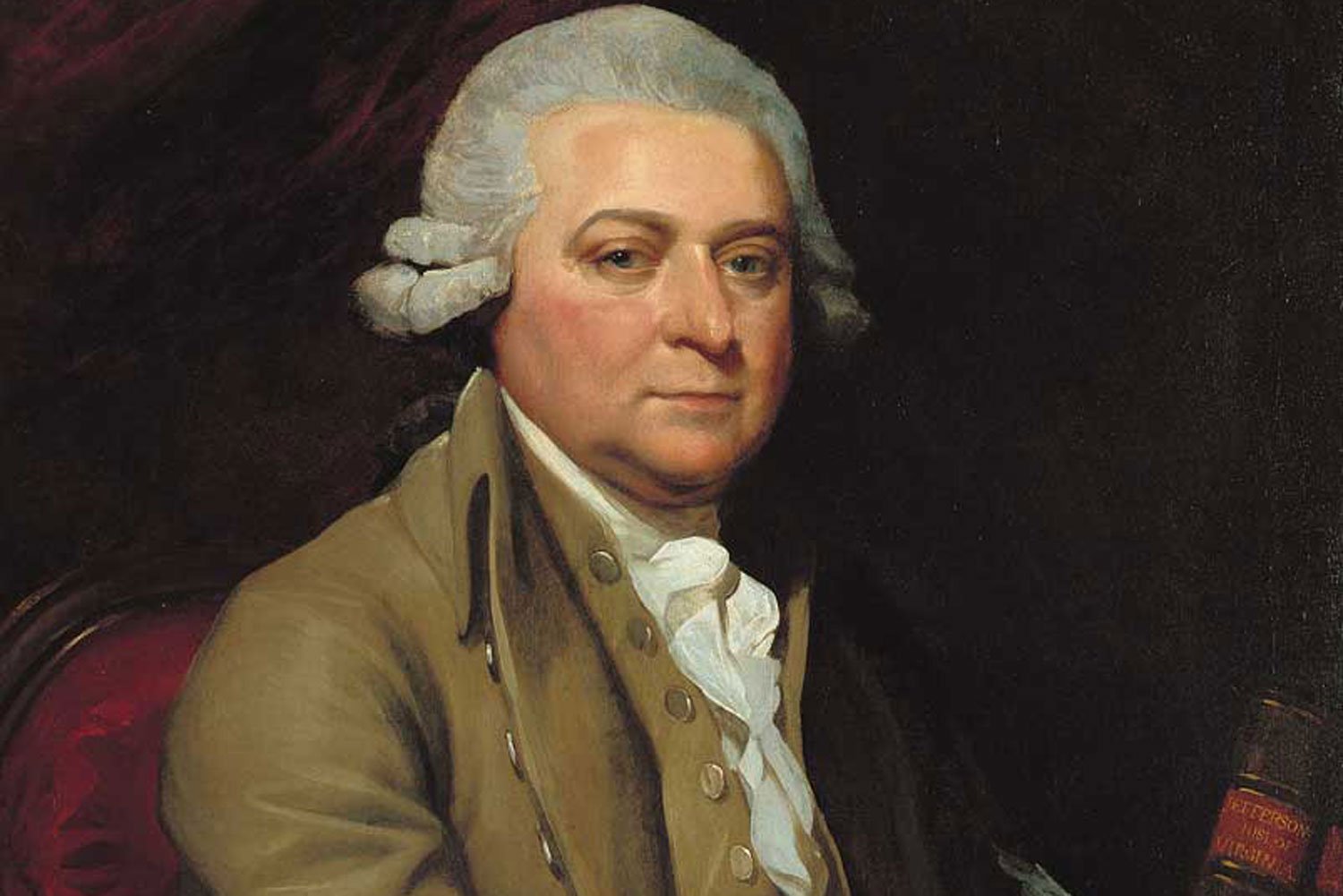
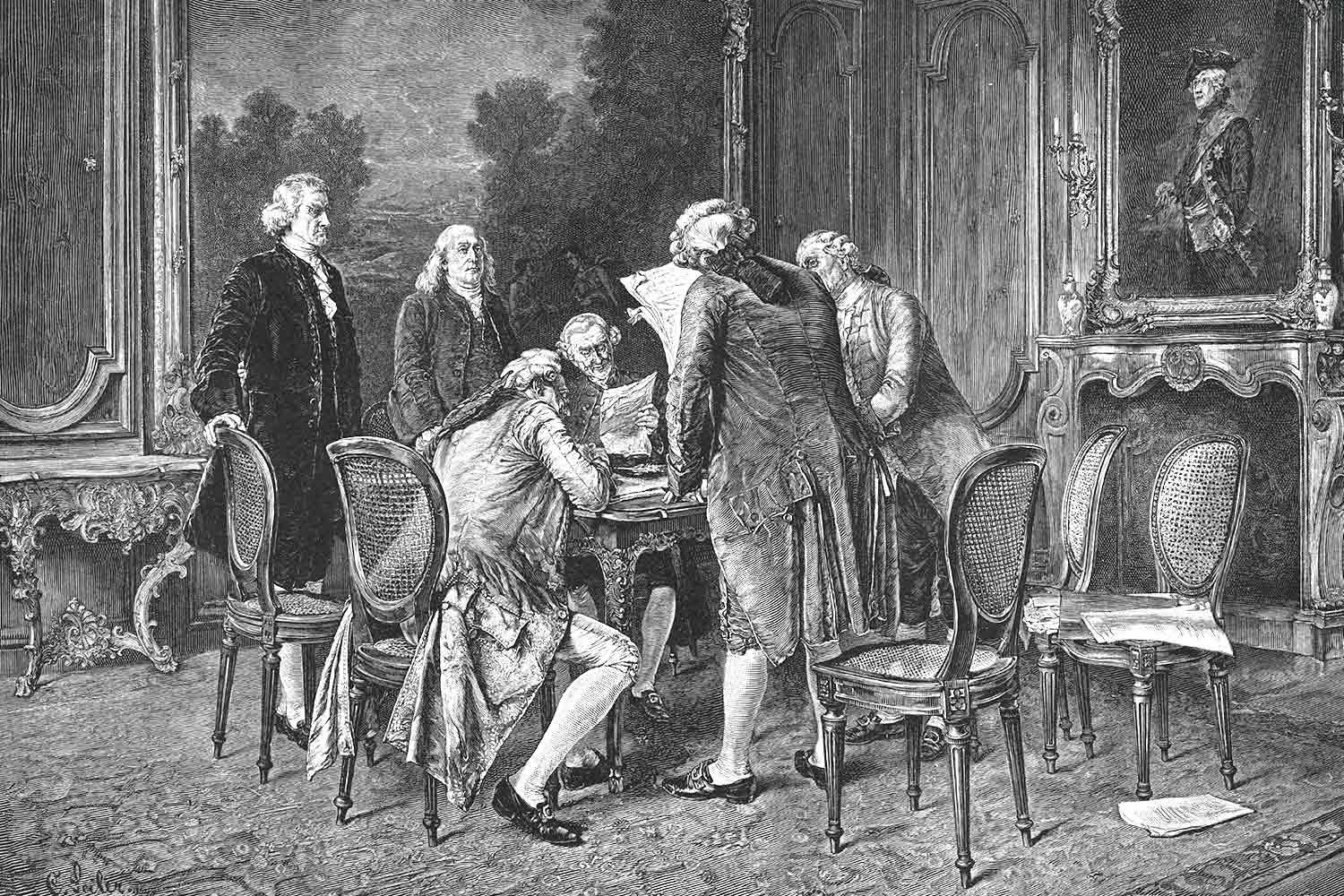

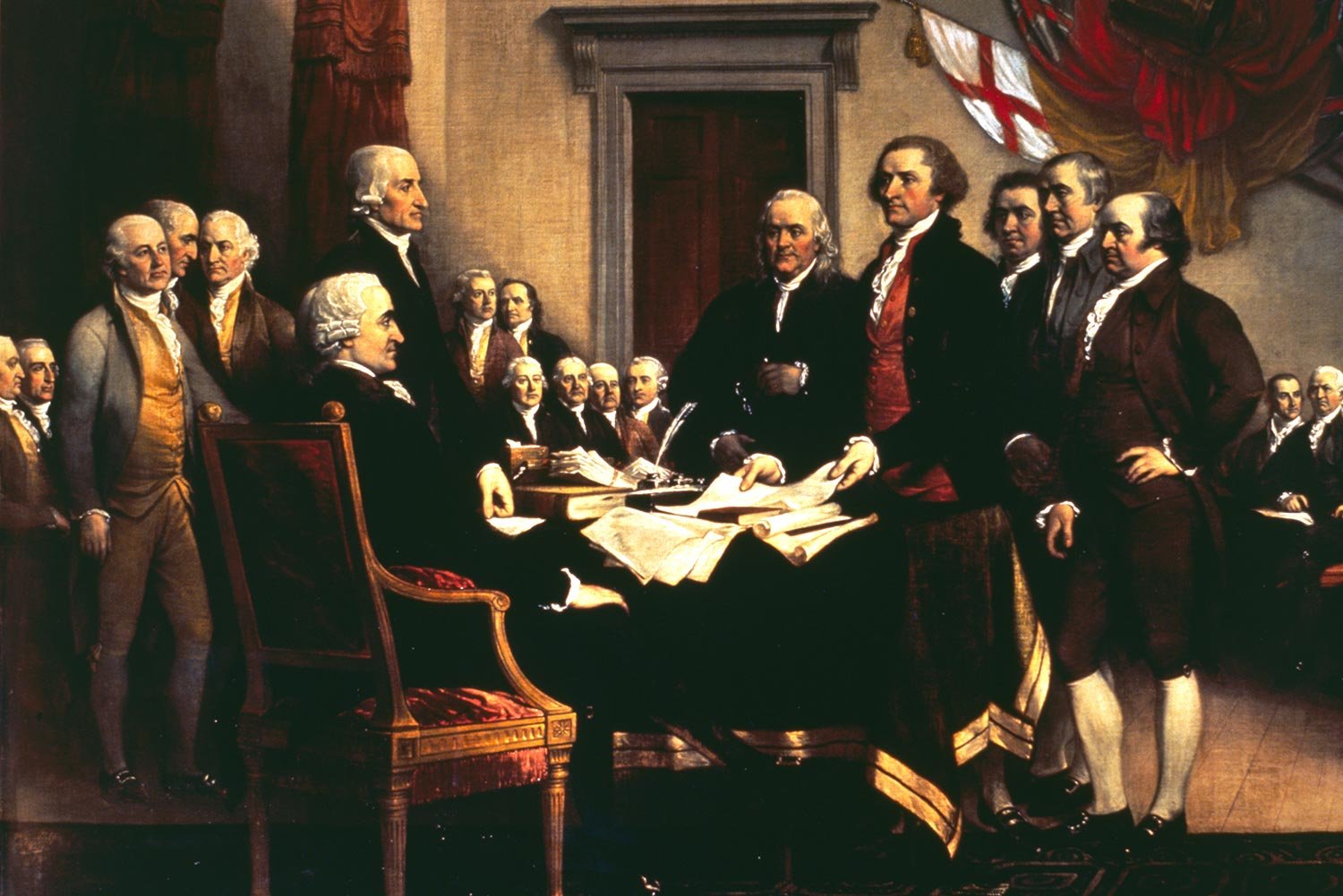
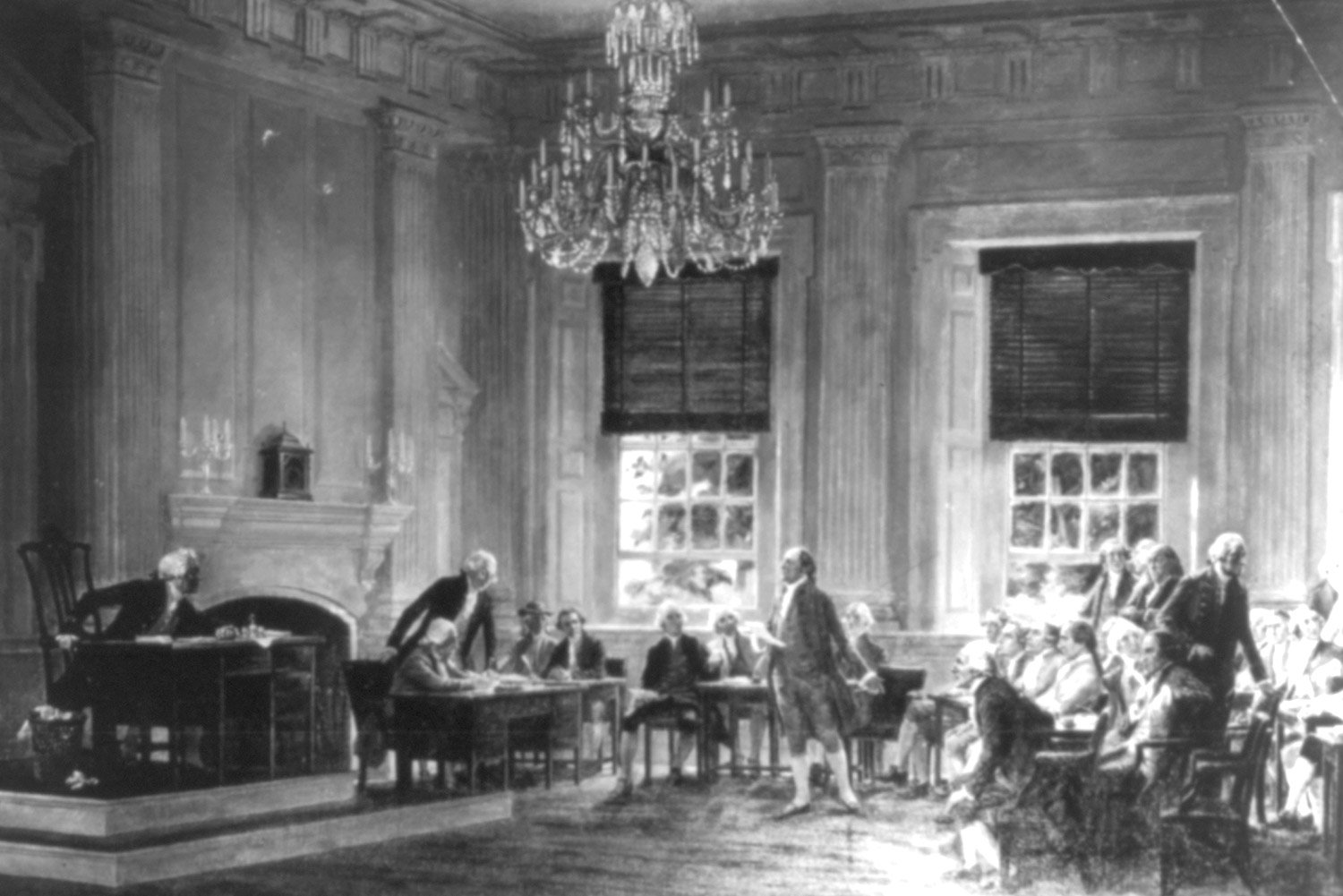
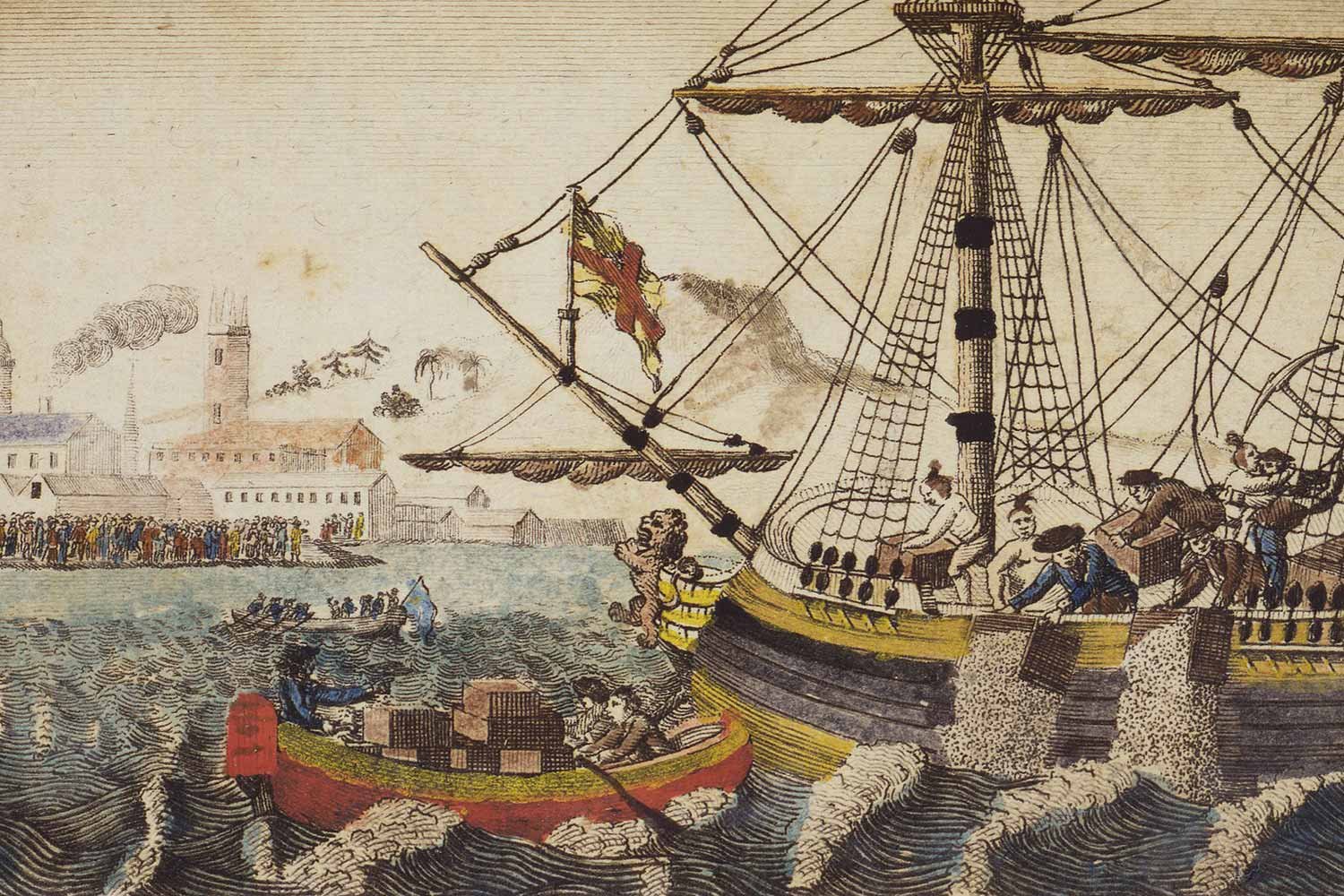
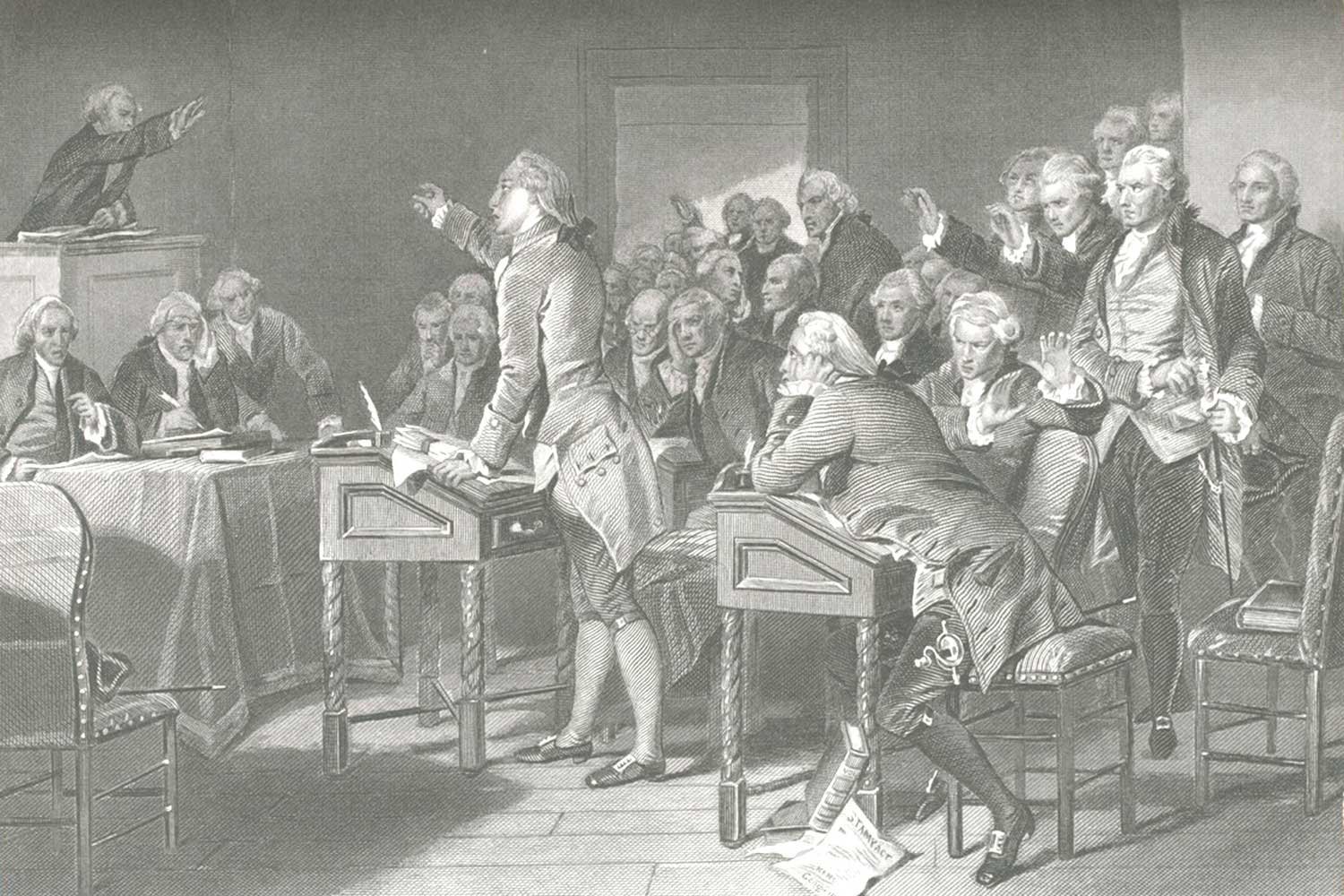

On May 15, 1776, the fifth Virginia Convention meeting in Williamsburg passed a resolution calling on their delegates at the Second Continental Congress to declare a complete separation from Great Britain. Accordingly, on June 7, Richard Henry Lee rose and introduced into Congress what has come to be known as the Lee Resolution.